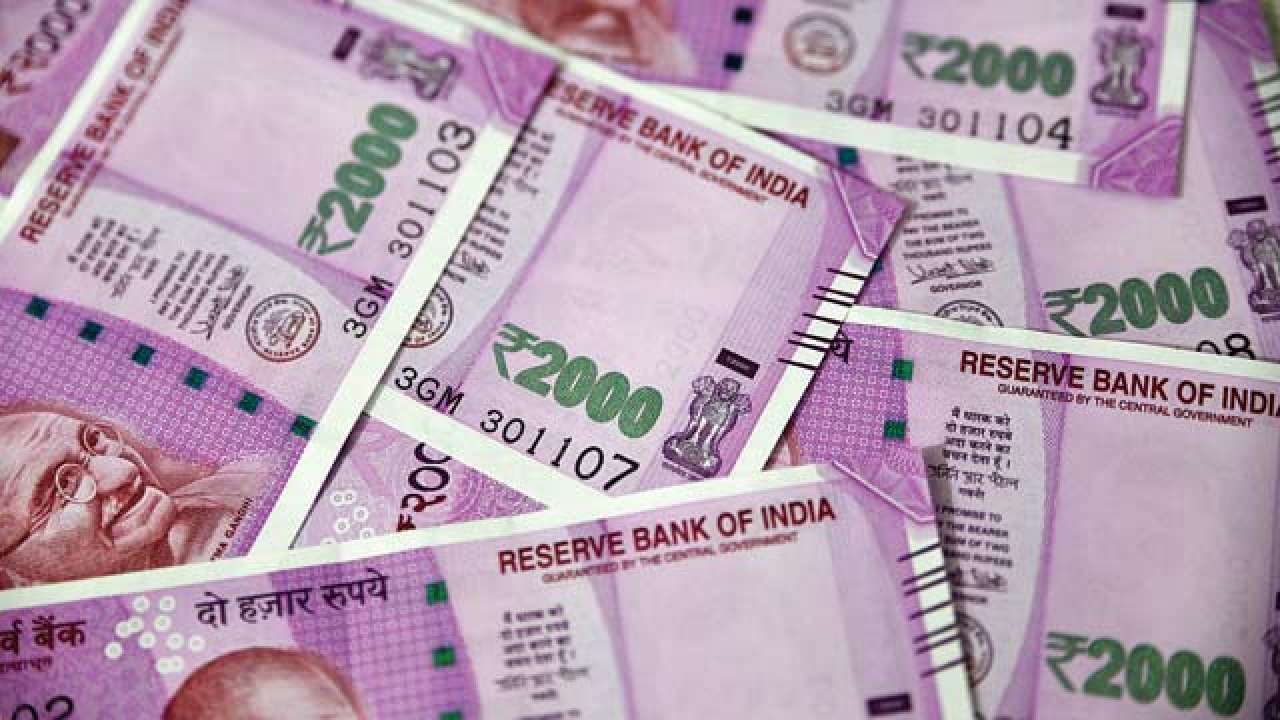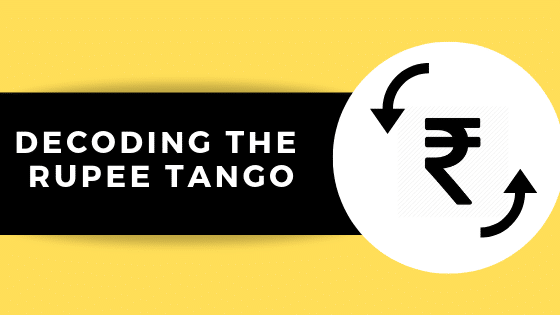Being one of the world’s largest democracy means a lot of things. A large number of population, number of businesses, growth in terms of health, education, technology and a keen eye of the world on the ever-growing economy. Although, the fluctuation of the market sings a different song about the Indian Rupee. Most of the people are still unaware of “How does the Rupee appreciate or depreciate?”
In this post, we will understand what exactly rupee appreciation or depreciation is through an analysis of the factors that impact the value of the rupee in the market. Along with how the fluctuation of the Indian Rupee lays an impact on the lives of Indians along with different industries, imports, exports, and the stock markets.
What does Rupee Appreciation or Depreciation mean?
Talking about the characteristics of Money the foremost is that it isn’t an organic creature. However, the value it keeps constantly changes with the development and depletion of the society and its economic stature. For instance, the value of one rupee in 1947 would not be the same as the value of rupee in 2019. It has constantly changed both in terms of its appearance and purchasing power.
Discussing its value, the value of any currency is linked with the economic conditions and policies of its country. Any currency, be it Rupee or USD its growth depends on certain factors that dominate the economy contributing to its growth and fall.
In case of Rupee, some of the factors that contribute to its appreciation and depreciation are Inflation Rate, Employment Rate, Imports & Exports, Growth Rate, Interest Rates, Trade Deficit, Performance of the Equity Markets, Foreign Exchange Reserves, Foreign Investment Inflows etc. etc.
Other aspects that contribute to appreciation or depreciation are:
- Net Inflow/Outflow of Money: The overall inflow and outflow of the money affect the value of a country’s currency. The more the inflow the better the value, the more the outflow the worst the value.
- Income Levels: When the incomes of the citizens increase, they tend to spend more that increases the demand for imported goods increasing the demand for foreign currencies contributing to an overall weakening of the local currency.
- Overseas Market: A country that has a trade surplus results in currency appreciation and the country that lacks or has lesser trade surplus tends to have a weaker value of its currency.
How does the Rupee Appreciate or Depreciate?
There are many major, and important factors that contribute to Rupee’s Appreciation or Depreciation such as:
Trade Surplus: It means a country that sells more goods and services in overseas markets than it buys from others has a trade surplus which means more inflow of foreign currency in the country than what we as a country pay for the imports. Trade Surplus is one of the many reasons that strengthens or weakens the rupee.
Reserve Bank of India:
As it is known that the Reserve Bank of India controls the value of the rupee through its several tools. One amongst them involves controlling the Rupee supply in the market. Other ways through which the RBI controls the rupee are: by changing the interest rates, tweaking the cash reserve ratio, relaxation or tightening of rules for fund flows and selling or buying dollars in the open market.

Not just that, the RBI is also responsible to fix the statutory liquidity ratio for the banks to invest in government bonds along with the repo rate, at which it lends to banks.
An increase in interest rates makes a currency expensive. Changes in cash reserve and statutory liquidity ratios impact the value of the rupee as their fluctuations result in the increase or decrease of the quantity of money available in the market.
Major factors that contribute to Rupee’s Value Appreciation or Depreciation are mentioned hereunder:
INFLATIONARY PRICES

From old to young, every generation has always complained about the price hike but what makes the price high? Prices shoot up in the market when the goods and services become scarce or the money is in excess supply. Why? Because if the prices increase, it means the value of the currency has scraped down and its purchasing power has fallen. The fall in purchasing power directly reduces consumption in the market hitting a low to the industries, resulting in making imports costlier and growth to Exporters.
MINTING

Although the minting of money is done by the government however, they can’t print all the money they need. Why? Because when a government prints money to meet its needs it must go with the pace of the economic growth, haste in minting without matching the pace may result in catastrophic conditions.
FOREX DEMAND
One of the major reasons behind the rise and low of the currency is through Foreign Exchange Demand. The rates for the foreign exchange of currencies directly depends on the market scenario followed by the countries. Floating or flexible exchange rates are determined by market forces without any intervention of central governments.
For example, it may happen that due to heavy imports the supply of the rupee shows an increment while its value may fall, or a contrasting situation may arise where an increase in exports and high dollar inflows may result in strengthening the rupee. Another reason can be the rise in the travel and tourism industry.
TOURISM

The most important impact created by tourism is upon the economic condition of a country. Although its contributions are varied. Direct effects of the tourism sector are related directly with the overall visitor expenditure.As a visitor from another country visits India the income received from the tourist expenditure results in the appreciation of rupee.
Not just the rupee appreciation, it contributes on the overall development of the economic status of various sectors such as the employment opportunities, increases in investment, development and infrastructure spending, increase in tax revenue, creating new business opportunities and developing the income and standard of living of the people.
Thus, a mere rise and fall in a certain market can impact the value of Rupee in both appreciating and depreciating manner.
Want to know how the Rupee Appreciation and Depreciation impact the market?
Here’s the infographic that depicts the factors:
If you’ve liked the article, let us know about your views in the comments section below and share it.





























Leave a Reply